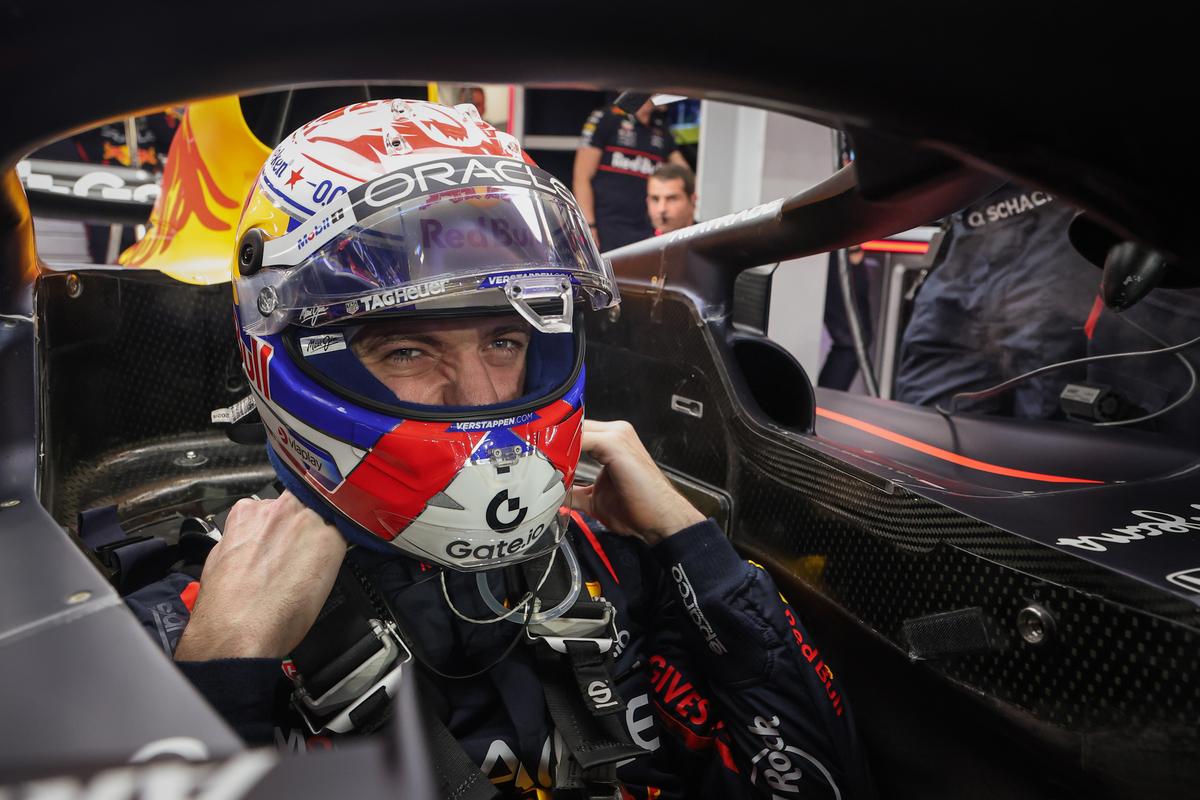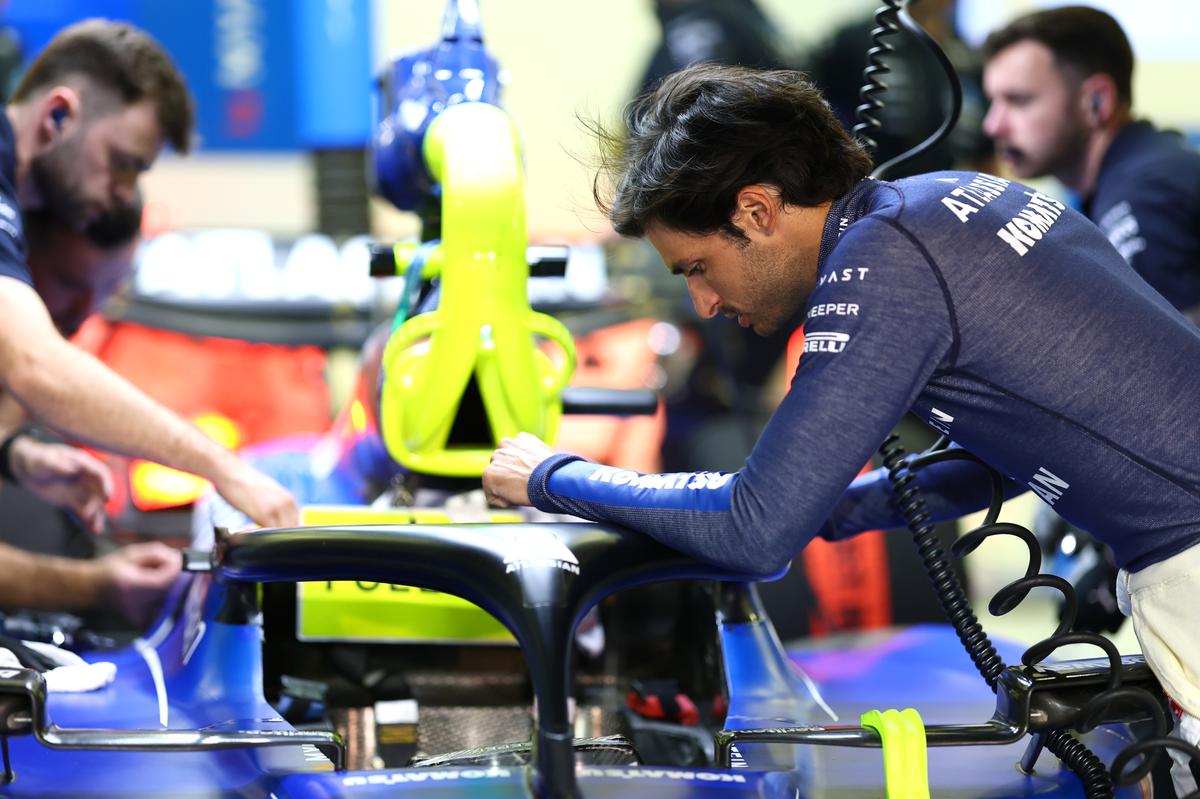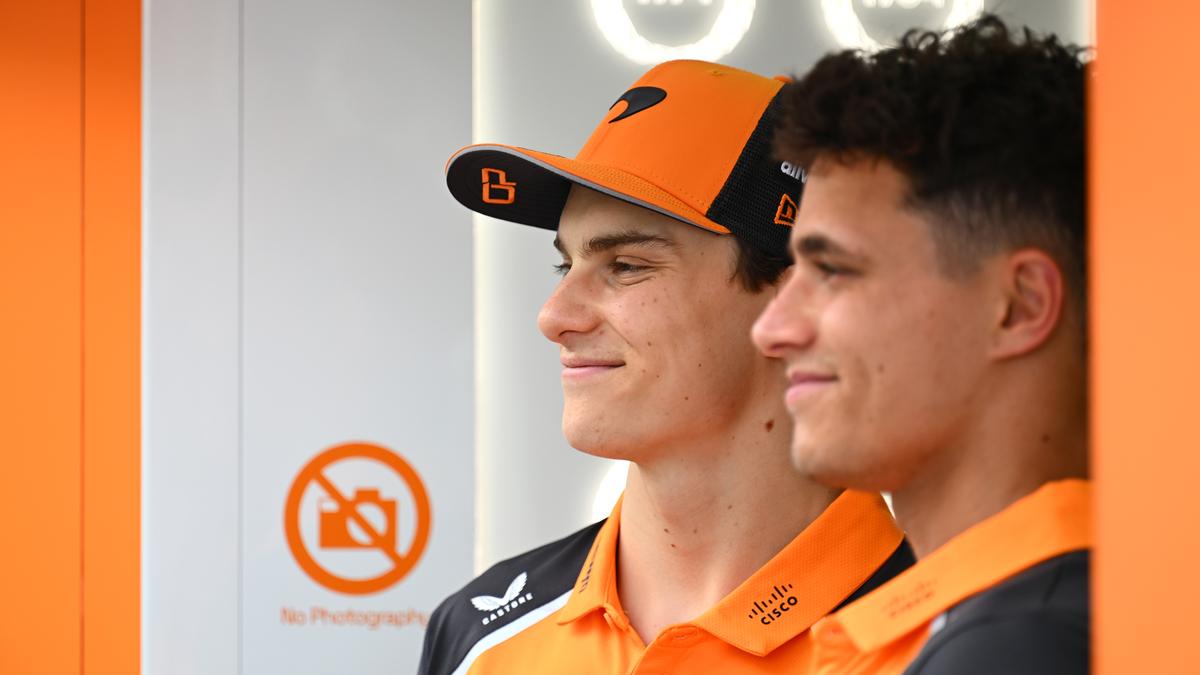As Formula One prepares for its hectic summer schedule, starting this weekend in Miami, the next few months could determine the championship’s direction and also have far-reaching consequences beyond this season. The Hindu examines a few potential subplots that could unfold over the remaining 19 races.
Piastri vs. Norris
During pre-season testing, it was evident McLaren had the best car, continuing from where it left off last year when it clinched the constructors’ title. So the expectations naturally were that Lando Norris, who gave reigning champion Max Verstappen a slight scare in 2024, would be the favourite, having been battle-hardened.
However, five rounds in, the Briton has been overshadowed by teammate Oscar Piastri, who is leading the drivers’ standings by 10 points.
The Australian has claimed victory in three out of the five events, demonstrating that he has taken another leap in his overall game. In his sophomore campaign, he addressed his tyre management weakness, but struggled in qualifying. Now, the 24-year-old appears to have improved his single-lap pace as well, given his two pole positions so far.
Norris has had a poor start to the season despite impressing in the opener in Australia, where he won from pole in a tricky race under mixed conditions. The 25-year-old is unhappy with the handling of the McLaren and struggled in China and Bahrain, where Piastri led from lights to flag. He has also been error-prone, as evidenced by his crash in qualifying for the Saudi Arabian GP, which left him starting 10th. Even in wheel-to-wheel combat, Norris has looked tardy.
All of this raises a significant question: is Norris ready for battle, especially at a time when his colleague is operating at a high level? Piastri showed great mental fortitude by quickly getting over his mistake in Melbourne where he lost second place after running wide when rain hit the track. Since finishing ninth in his home race, the Melburnian has won three of four Grands Prix.
Last year, Norris squandered pole positions through poor starts and was often second-best in duels with Verstappen, which prompted many to question his mental toughness. His performances so far have reinforced that perception. How he responds could be crucial to his career.
This loss of form could also have a bearing on how the Woking-based outfit operates. Until now, the British racer has been McLaren’s de facto leader, given that he has been with the team since 2019. However, if Piastri continues to extend his good run, the factory may be inclined to heed the Aussie’s preferences more when it comes to deciding on the developmental direction.
Deep down, Norris will know he has a golden opportunity to win a title and has wasted his advantage over the last four races. Unless he gets on top of things quickly, he runs the risk of coming to regret the years of hard work he has invested in getting his squad to where it is.
Spanish surprise
Ever since McLaren made a significant step forward midway through last year, a theory doing the rounds is that it has mastered the art of flexing the wings, especially the front wing, which enhances aerodynamic performance. The aerodynamic parts flex as the car transitions through different speeds, but they aren’t permitted to move beyond a stipulated range. While a certain tolerance for flex is allowed, it was believed that a few teams were exceeding this tolerance during running, yet still passing the static load tests.
Although no team has been found to have breached the regulations, the FIA has decided to decrease the amount of tolerance during the load tests to curb flexing. Considering McLaren is only slightly ahead of Red Bull, at least in the hands of Verstappen, the new technical directive, which will come into effect from the Spanish GP, could have an impact on the pecking order and the title fight if it indeed takes away some of the former’s advantage.

A little help please: Balancing the Red Bull on a knife-edge every weekend is a considerable challenge, even if Max Verstappen has managed it so far. But the team needs to deliver enough improvement to keep its biggest asset happy. | Photo credit: Getty Images
Verstappen, Red Bull and the future
The four-time champion has produced another masterclass in the second- or third-best machinery and is third in the standings, 12 points off the leader. His pole laps in Suzuka and Jeddah were spectacular, helping him win the former and finish second in the latter. He has managed to extract performances while his teammates are struggling to score a point.
At the same time, the tracks and the cooler conditions have masked Red Bull’s weaknesses. As we head to the more traditional circuits in possibly hotter conditions, the real test for the energy drink giant begins. The Red Bull’s problem of being unpredictable in different ways through different corners has not abated. It is challenging to balance the vehicle on a knife-edge every weekend. It’s unsustainable over a season, even if Verstappen has managed it so far.
The Dutchman has a contract until 2028, but there are break clauses, and rumours of him leaving the outfit keep surfacing from time to time. If the Milton Keynes-based squad is not quick enough to help him defend his crown, the 27-year-old might run out of patience. Without Verstappen, Red Bull will be fighting for scraps. The management will certainly hope the planned upgrade in Imola delivers enough improvement to keep its biggest asset happy.
Balancing the development race
2025 marks the last season under the current set of technical regulations, introduced in 2022. Next year, F1 transitions to active aerodynamics, featuring movable front and rear wings, sustainable fuels, and a slightly modified hybrid power unit. So, the teams have a challenging task bringing upgrades to this year’s package while also shifting their focus to 2026, which will lay the foundations for the next few years.
For some at the back of the grid, the best option would be to switch priorities early and try to adapt to the new regulations. They can take inspiration from what Honda did in 2008 — it shut that year’s programme early before the team morphed into Brawn GP and helped Jenson Button become world champion while also taking home the constructors’ crown in 2009.

Early-mover advantage? With 2025 marking the final season under the current set of technical regulations, teams have to decide when to start prioritising next year’s development. Williams, currently fifth in the standings, has become the first team to target 2026. | Photo credit: Getty Images
Williams, currently fifth in the standings, has become the first team to target 2026. At the same time, for the likes of McLaren and Red Bull, it will be a tricky balance as they are locked in this year’s fight. It will get even trickier if Ferrari and Mercedes start challenging for wins.
In 2008, BMW halted its programme at a time when its driver, Robert Kubica, was leading the drivers’ standings, relinquishing a chance to fight for the big prize in the hope of performing well in 2009. Unfortunately, it failed to do so and ultimately withdrew from the sport at the end of the year.
So, the next few months could prove defining not just for this year’s championship, but also for next year and beyond.
Published – May 02, 2025 11:20 pm IST

